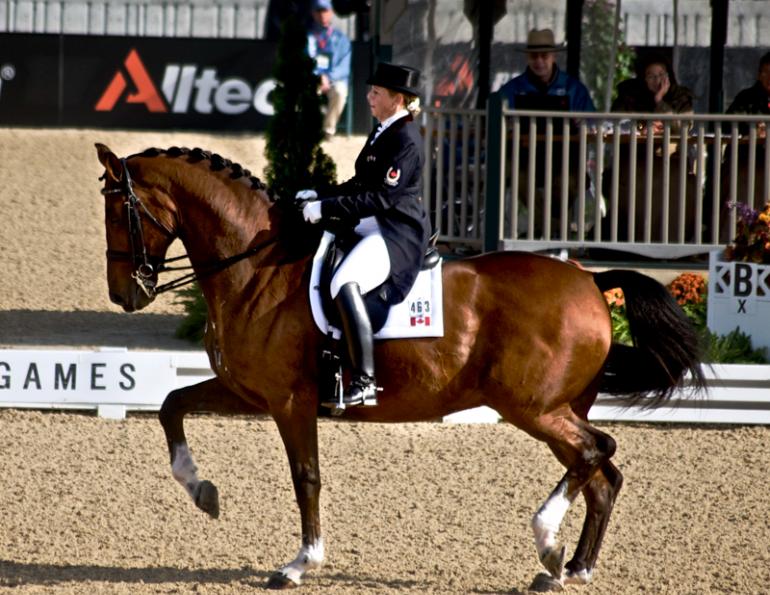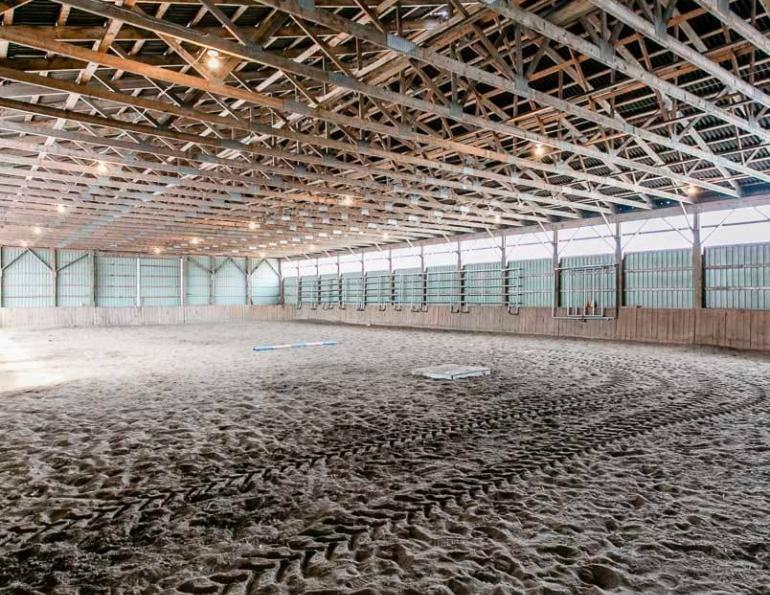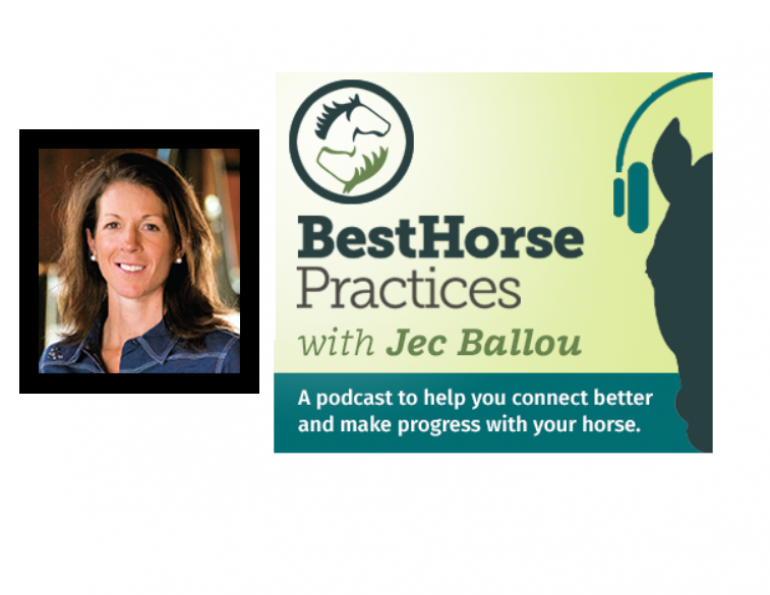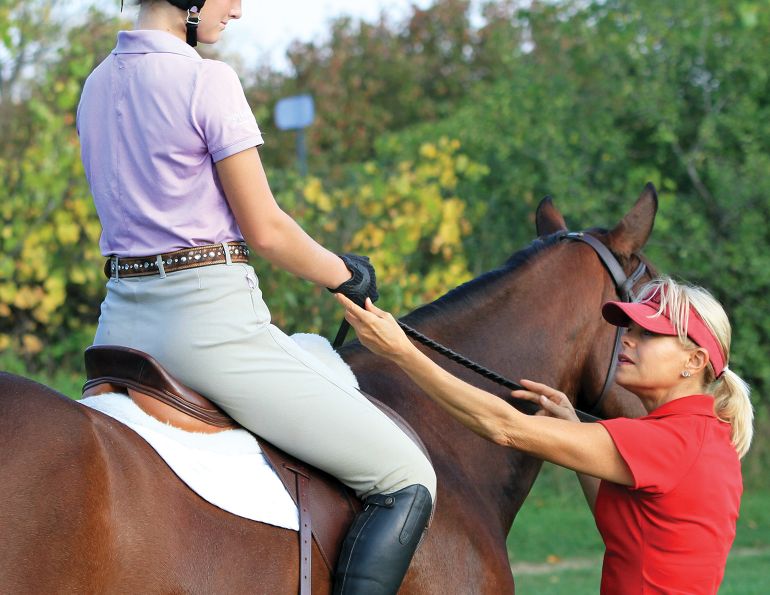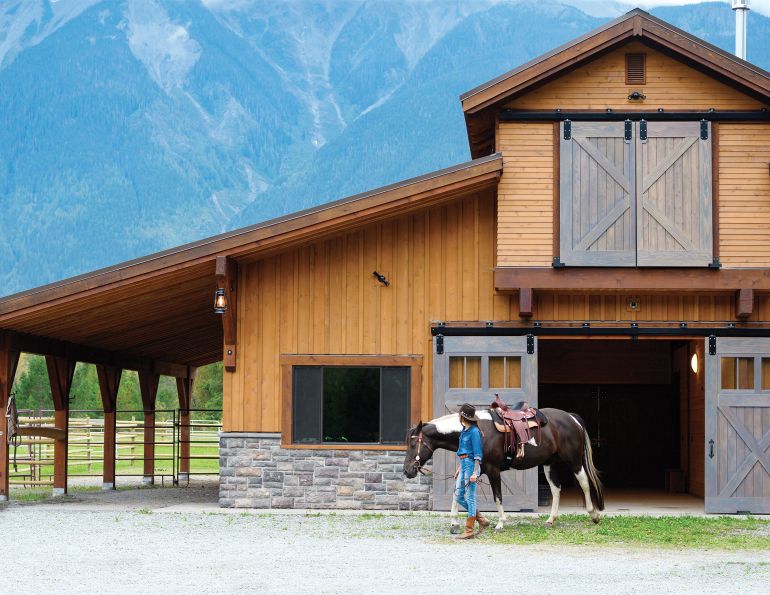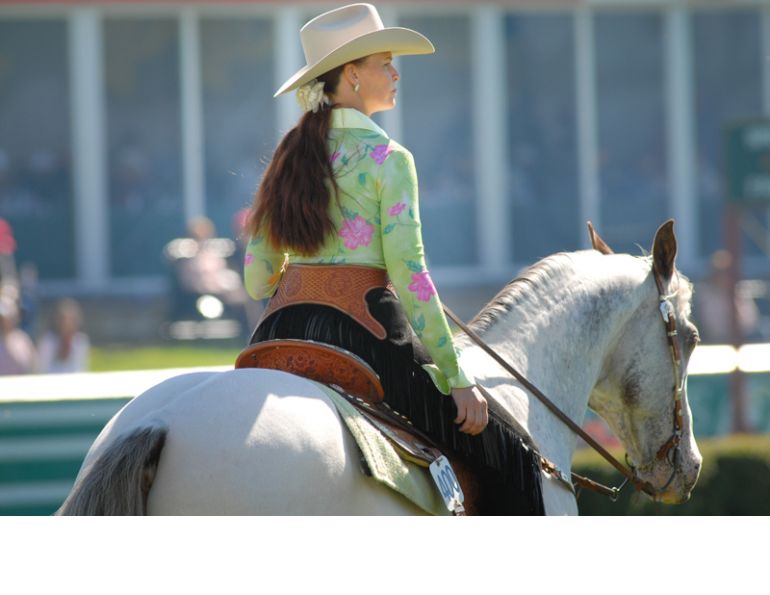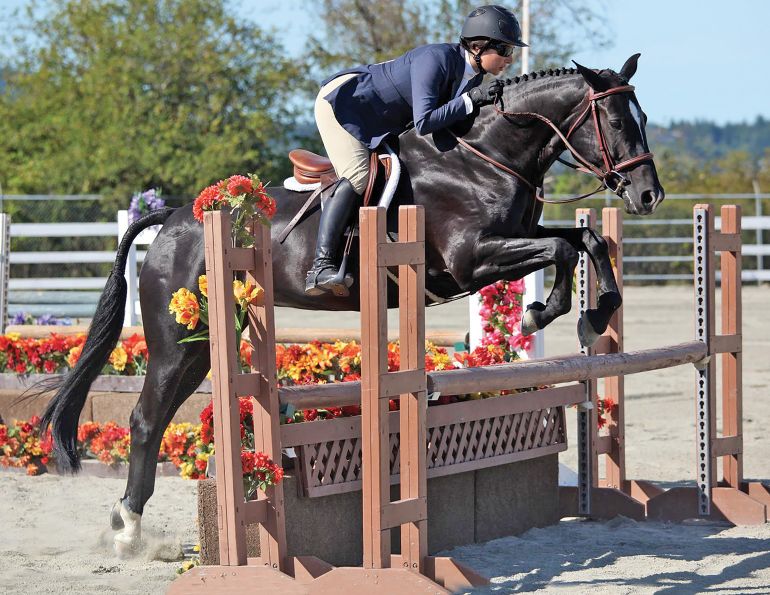With Bonny Bonnello
By Jess Hallas-Kilcoyne
The apex of the dressage training pyramid, collection is of the utmost importance for a dressage horse.
“The forehand is higher, the hindquarters farther underneath the horse’s body toward the centre of gravity,” explains Grand Prix dressage rider, trainer, and coach Bonny Bonnello. “[In collection], your horse is completely with you, mind and body, with the subtlest aids to guide him and no resistance. The ride becomes softer. It is important to have collection to be able to have good, expressive flying changes. Half passes become more expressive as well, and piaffe and passage require even greater collection.”
“Collection can be described as the shortening of your horse’s frame – not just his neck, but his complete longitudinal frame – and transferring more weight onto the hindquarters,” she continues. But this shortening should not affect the forward rhythm. Remember to ride forward to a contact to develop the natural paces of your horse. Should you ride pulling backward, you will interfere with the forward movement and the engagement. Therefore, your horse will remain on the forehand and become heavier in your hand.”
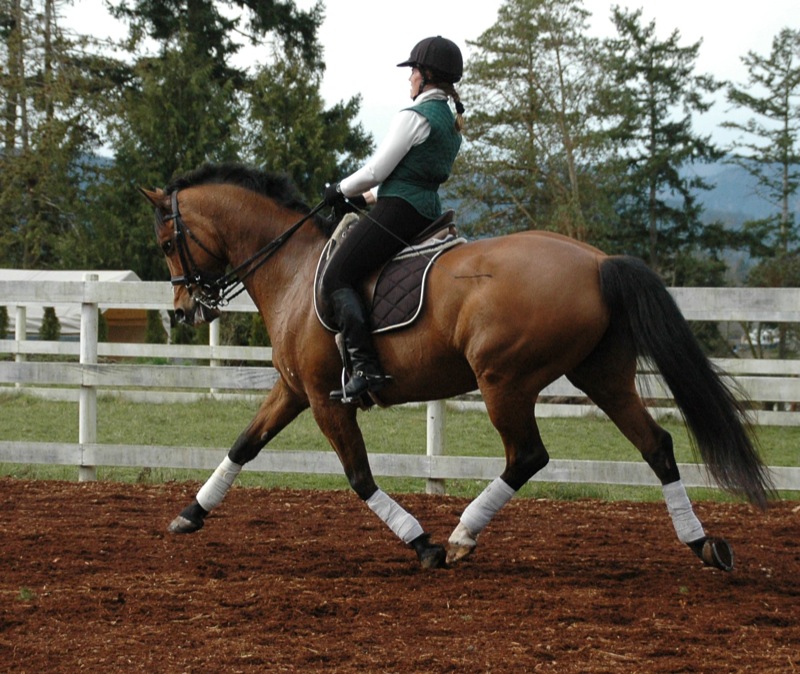
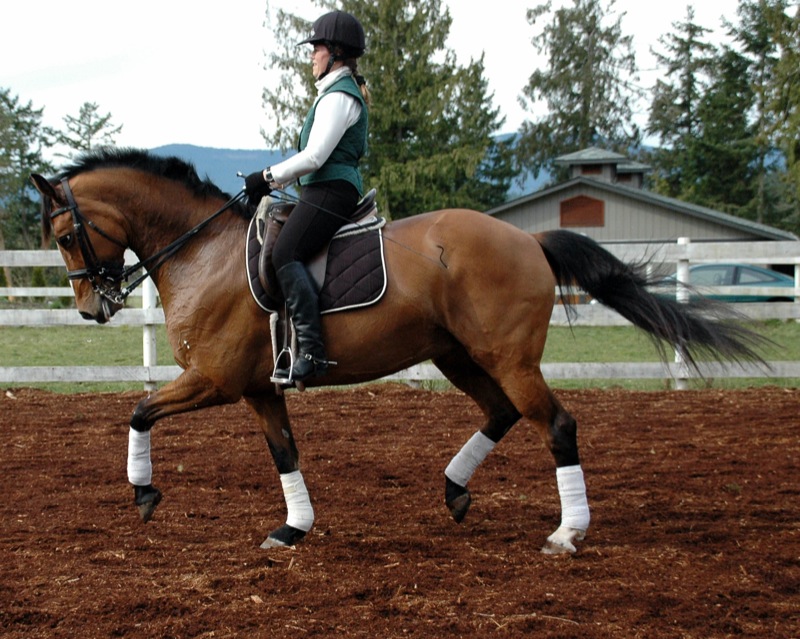
In trot and canter, practice increasing and decreasing the stride, making sure you maintain the same rhythm. Photos: Nikki Tate/Flickr
One way to introduce your horse to collection is to incorporate increasing and decreasing into your training routine.
Exercise #1: Increase and Decrease
In trot and canter, on a straight line or a 20 metre circle, practice increasing and decreasing the stride, coming onto a 10 metre circle when you decrease. Make sure you maintain the same rhythm whether you’re increasing or decreasing, and start with small changes in the pace.
“As the throughness becomes more confirmed so that the horse doesn’t brace against the hand, you can then make greater changes, such as shortening the stride and lengthening the stride, until you can collect and extend the paces without resistance,” says Bonny. “As your horse becomes handier, you can shorten the distance between the increased and decreased strides until you can ride, say, five strides forward and five strides back, and then again five forward and five back.”
You can take the idea of increasing and decreasing and incorporate it into your lateral work as well, keeping the changes smaller and much more gradual, and making sure you maintain good rhythm throughout. You can even increase and decrease within piaffe and passage.
Piaffe, the movement that epitomizes collection in dressage, is trained in stages, and the beginning stage is half steps. These are shorter trot steps, somewhere between collected trot and piaffe. There are many different ways to begin training half steps. You can start by teaching the horse half steps in hand before you ask for them with a rider on his back. Or you can train half steps under saddle with a ground person to help encourage the horse.
An experienced ground person can be helpful when teaching your horse half steps. Photo: HorsemansWiki/Wikimedia Commons
“If you’re by yourself, and most people are when learning this, you can start it from the walk or you can gradually decrease your trot,” says Bonny. In this second exercise, she describes her process for the latter method.
Exercise #2: Baby “Half” Steps
Ride a 10 metre circle in collected trot and as you come back to the wall, gradually decrease your trot into three or four half steps. Then trot out again onto another 10 metre circle, and as you come back to the wall, decrease again to ride three or four more half steps.
“Just keep decreasing and decreasing,” says Bonny. “Once your horse is comfortable shortening his body and stride and maintaining the rhythm, you can shorten a little more until, with a nice half-halt, the trot becomes half steps. Then you can start to increase and decrease the half steps until you have true piaffe.”
“The half-halt into the decreased stride is done with a supporting outside rein and a slight flexion to the inside,” says Bonny. “The rider’s back resists the desire to go faster while the legs, without clamping, keep the horse moving forward to the contact. It’s important that the rider doesn’t ride backward, pulling the horse back to do piaffe or half steps where the horse isn’t staying always in front of the leg. You want to keep everything forward.”
Remember to be patient. “Some horses have more of a natural talent for the half steps and learn them more quickly,” says Bonny. “Other horses are more earthbound and it’s more difficult for them to remain active. But it’s important that you do remain patient.”
About Bonny Bonnello
Bonny Bonnello trained and showed in many disciplines including hunter, jumper, Western pleasure, eventing, and sidesaddle, before focusing on dressage. Riding Satchmo, she represented Canada at the 1984 Olympic Games in Los Angeles, and that same year was the winner of the Canadian Grand Prix Championship. In 1986, Bonny was a member of the silver medal winning team at the World Championships in Toronto. After her son, Billy, was born in 1987 Bonny focused her riding career closer to home by training horses and teaching riders. In 2003 Bonny started back into competition, and in 2004 she found Pikardi, a 1997 bay Canadian Warmblood gelding. Bonny competed with Pikardi at the 2010 World Equestrian Games in Kentucky. Now retired from the international show ring, Bonny concentrates on coaching, training, and giving clinics.
Main article photo: Just Chaos/Flickr - Bonny Bonnello and Pikardi demonstrate how, in collection, the horse's entire longitudinal frame shortens, and the hindquarters engage to carry more weight, without interrupting the forward rhythm.
This article originally appeared as part of “3 Takes on Training: Collection, Part 2” in the December 2012 issue of Canadian Horse Journal.



